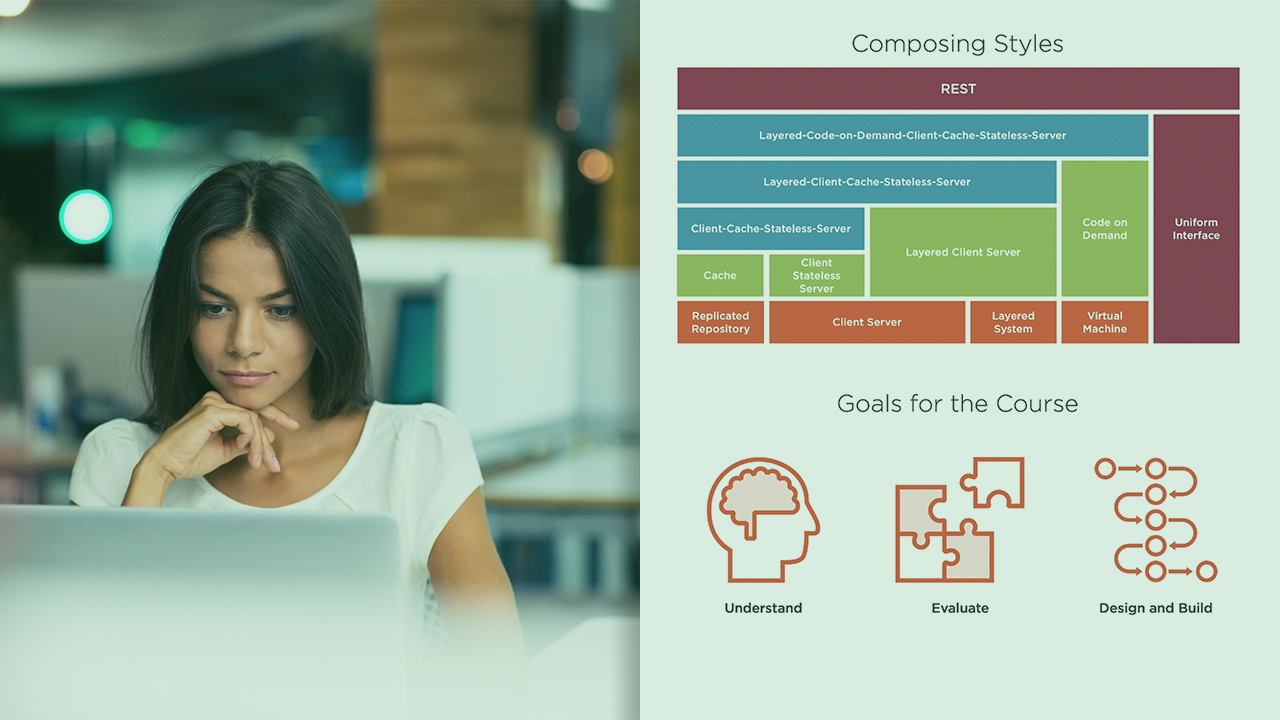- Course
REST Fundamentals
REST is one of those terms that is often used and less-often understood. This course will provide a foundation for understanding REST and will walk through the process of building a reference system, addressing practical design concerns along the way.

- Course
REST Fundamentals
REST is one of those terms that is often used and less-often understood. This course will provide a foundation for understanding REST and will walk through the process of building a reference system, addressing practical design concerns along the way.
Get started today
Access this course and other top-rated tech content with one of our business plans.
Try this course for free
Access this course and other top-rated tech content with one of our individual plans.
This course is included in the libraries shown below:
- Core Tech
What you'll learn
Data is the currency of modern business, and APIs are the means for unlocking data's value. However, designing and constructing APIs can be a daunting task. In this course, REST Fundamentals, you'll learn how to design and implement systems that follow the architectural style, known as representational state transfer (REST). First, you'll learn the history and theory behind the style and the vocabulary that you can use to describe its different elements. Next, you'll discover an iterative process for creating a RESTful system by following along with the design and construction of a sample application. Finally, you'll explore where REST fits in the current landscape of distributed systems and cloud computing. When you're finished with this course, you'll have the knowledge to evaluate REST for your project and you'll have the skills to design and implement a RESTful system if it's a good fit.
